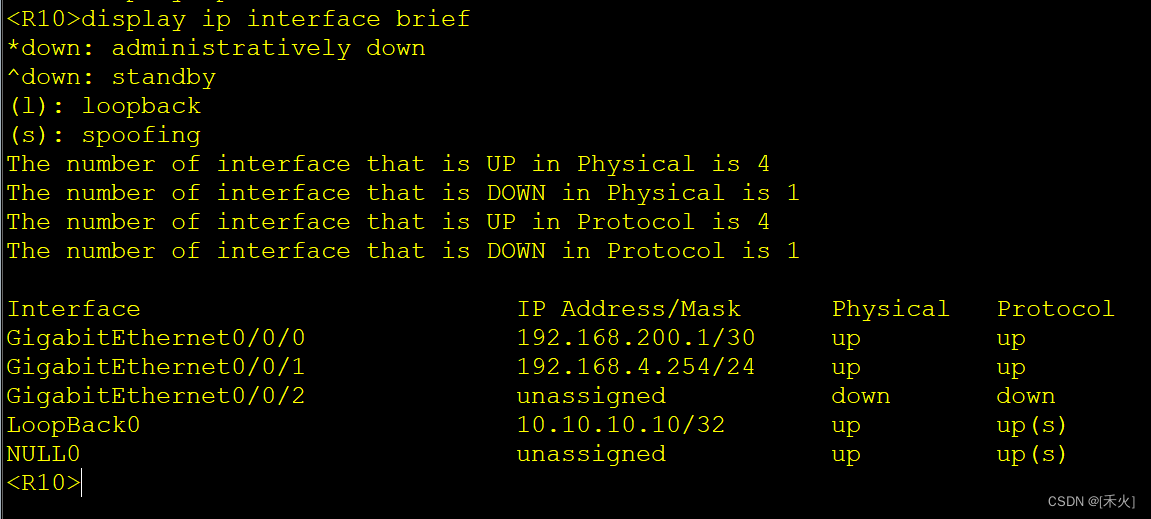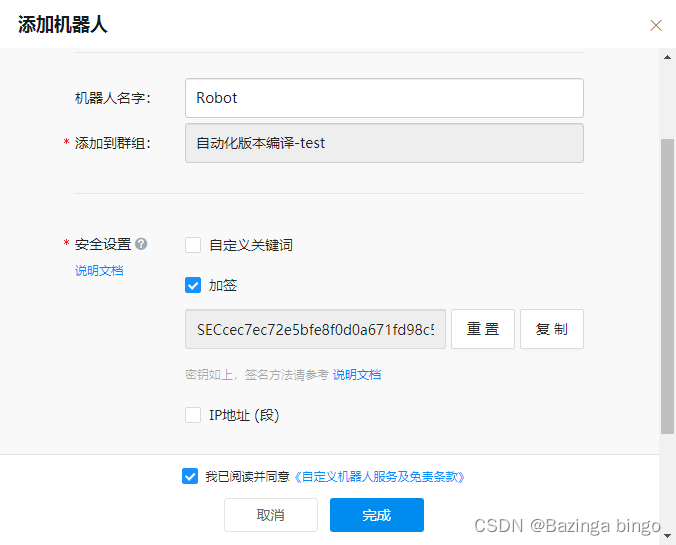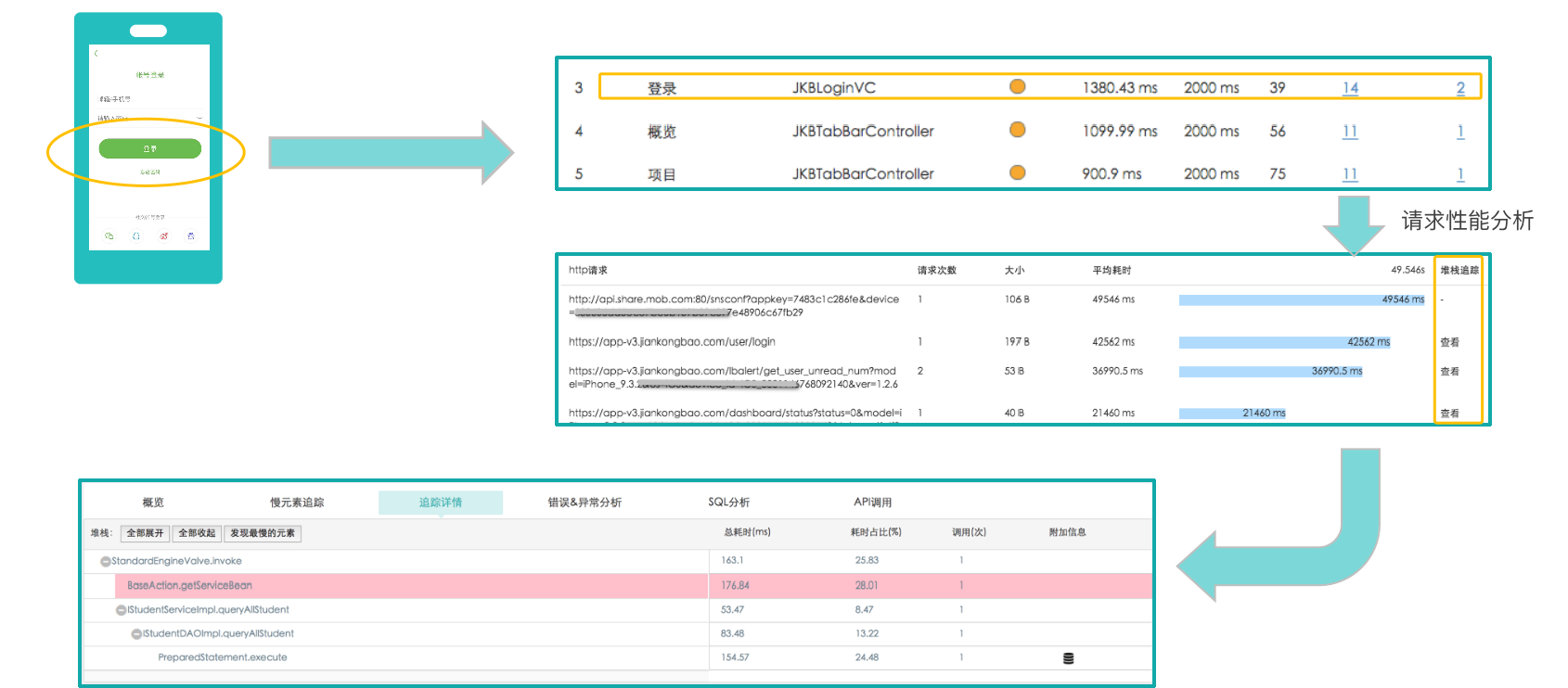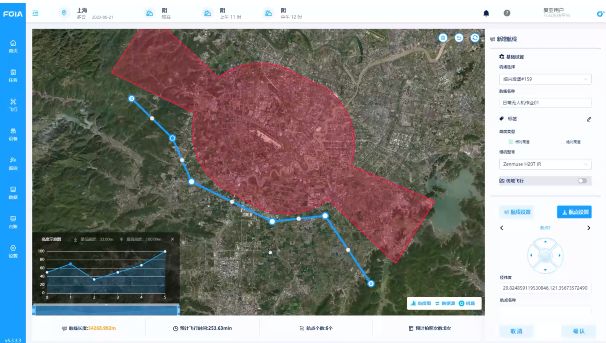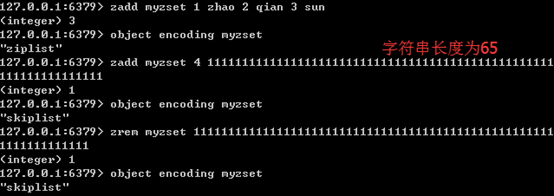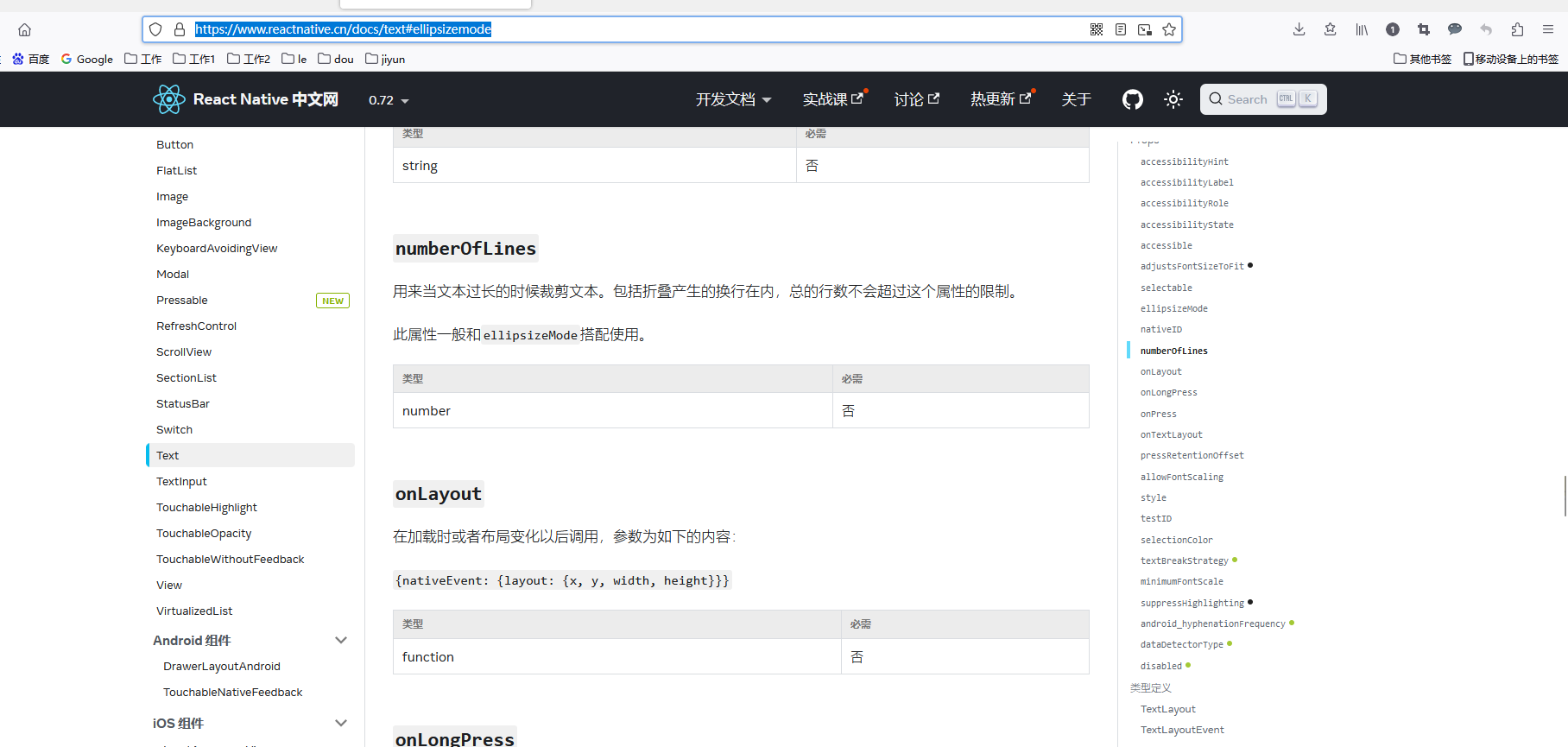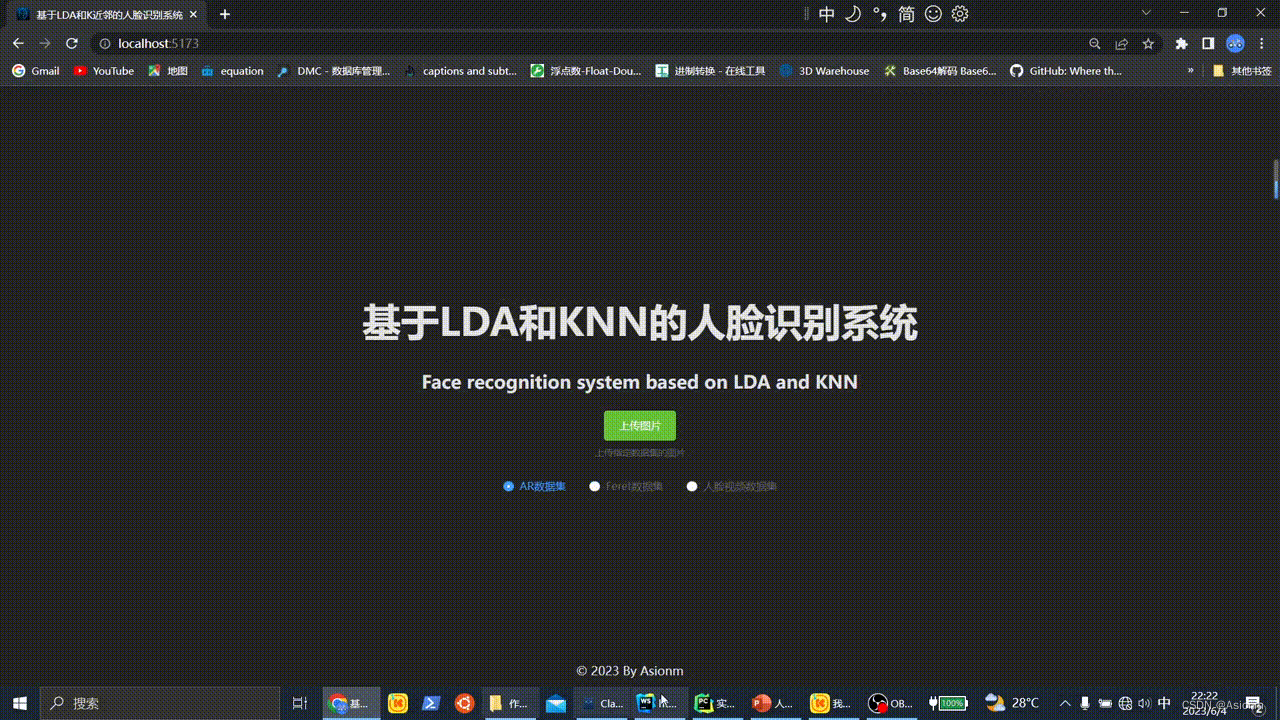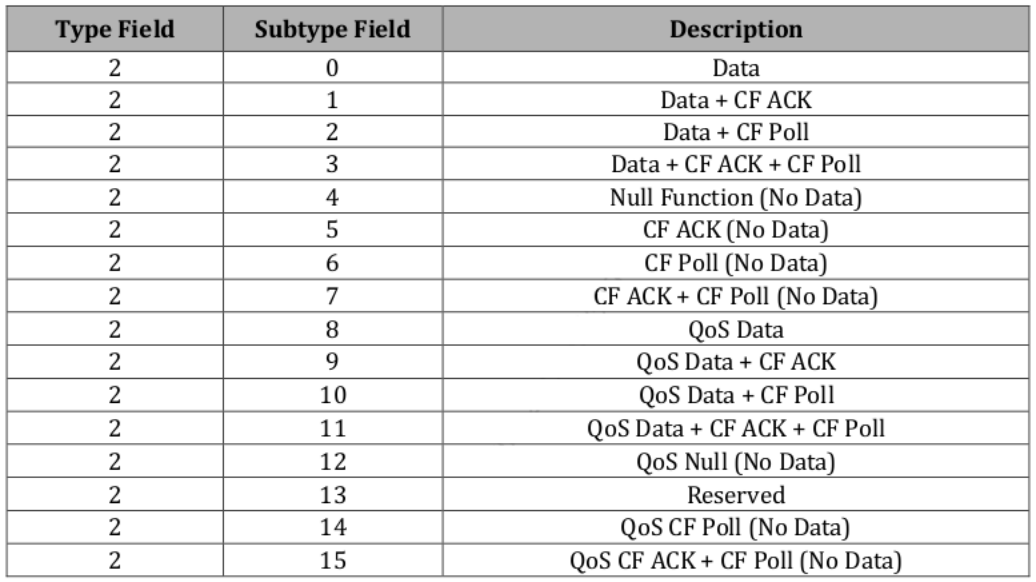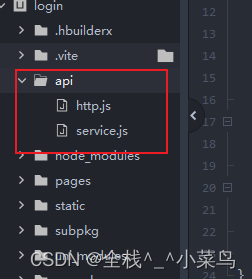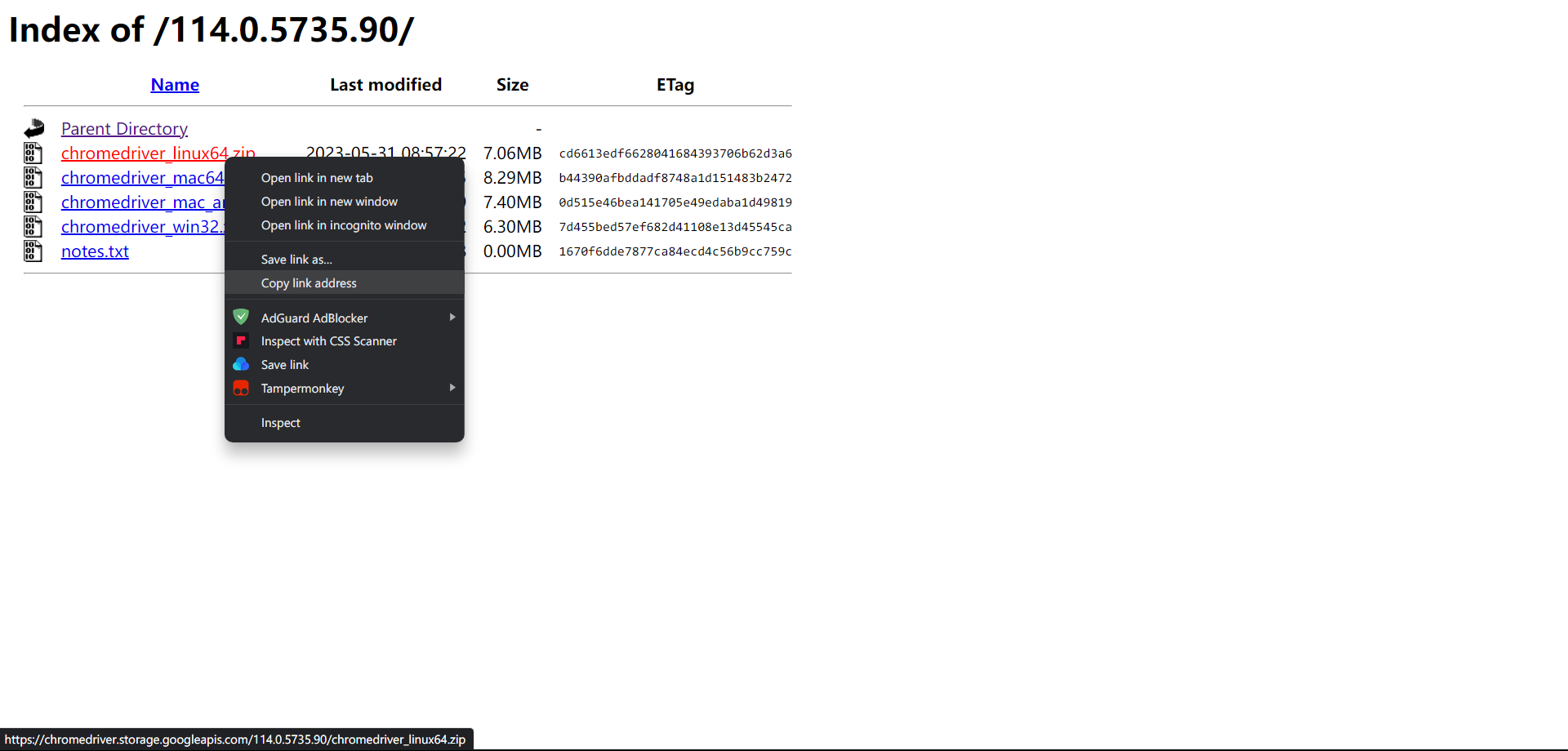定义子程序
Perl编程语言中 Subroutine子程序定义的一般形式如下:
sub subroutine_name {body of the subroutine }
调用该Perl Subroutine的典型方式如下-
subroutine_name( list of arguments );
在Perl 5.0之前的版本中,调用 Subroutine的语法略有不同,如下所示。这仍然可以在Perl的最新版本中使用,但是不建议这样做,因为它会绕过 Subroutine原型。
&subroutine_name( list of arguments );
让我们看下面的示例,该示例定义一个简单的函数然后调用它。由于Perl在执行程序之前先对其进行编译,因此在哪里声明 Subroutine都没有关系。
#!/usr/bin/perl# Function definition sub Hello {print "Hello, World!\n"; }# Function call Hello();
当执行上述程序时,将产生以下输出-
Hello, World!
参数传递
您可以像在任何其他编程语言中一样将各种参数传递给 Subroutine,并且可以使用特殊数组@_在函数内部访问它们。因此,函数的第一个参数位于$_ [0]中,第二个参数位于$_ [1]中,依此类推。
让我们尝试以下示例,该示例获取一个数字列表,然后打印其平均值-
#!/usr/bin/perl# Function definition sub Average {# get total number of arguments passed.$n=scalar(@_);$sum=0;foreach $item (@_) {$sum += $item;}$average=$sum/$n;print "Average for the given numbers : $average\n"; }# Function call Average(10, 20, 30);
当执行上述程序时,将产生以下输出-
Average for the given numbers : 20
List参数传递
由于@_变量是一个数组,因此可以用来为 Subroutine提供列表。但是,由于Perl接受并解析列表和数组的方式,可能很难从@_中提取单个元素。如果您必须将列表与其他标量参数一起传递,则将list作为最后一个参数,如下所示-
#!/usr/bin/perl# Function definition sub PrintList {my @list=@_;print "Given list is @list\n"; } $a=10; @b=(1, 2, 3, 4);# Function call with list parameter PrintList($a, @b);
当执行上述程序时,将产生以下输出-
Given list is 10 1 2 3 4
Hashes参数传递
当您向接受列表的 Subroutine或运算符提供哈希值时,哈希值将自动转换为键/值(key/value)对列表。如-
#!/usr/bin/perl# Function definition sub PrintHash {my (%hash)=@_;foreach my $key ( keys %hash ) {my $value=$hash{$key};print "$key : $value\n";} } %hash=(name => Tom, age => 19);# Function call with hash parameter PrintHash(%hash);
当执行上述程序时,将产生以下输出-
name : Tom age : 19
返回值
您可以像使用其他任何编程语言一样从 Subroutine返回值。如果您没有从 Subroutine中返回值,那么 Subroutine中最后执行的任何计算都会自动返回值。
让我们尝试以下示例,该示例接受一个数字列表,然后返回其平均值-
#!/usr/bin/perl# Function definition sub Average {# get total number of arguments passed.$n=scalar(@_);$sum=0;foreach $item (@_) {$sum += $item;}$average=$sum/$n;return $average; }# Function call $num=Average(10, 20, 30); print "Average for the given numbers : $num\n";
当执行上述程序时,将产生以下输出-
Average for the given numbers : 20
私有变量
默认情况下,Perl中的所有变量都是全局变量,这意味着可以从程序中的任何位置访问它们。但是您可以随时使用 my 运算符创建称为词法变量的 private 私有变量。
以下示例显示了如何使用 my 运算符定义单个或多个私有变量-
sub somefunc {my $variable; # $variable is invisible outside somefunc()my ($another, @an_array, %a_hash); # declaring many variables at once }
让我们检查以下示例,以区分全局变量和私有变量:
#!/usr/bin/perl# Global variable $string="Hello, World!";# Function definition sub PrintHello {# Private variable for PrintHello functionmy $string;$string="Hello, Perl!";print "Inside the function $string\n"; } # Function call PrintHello(); print "Outside the function $string\n";
当执行上述程序时,将产生以下输出-
Inside the function Hello, Perl! Outside the function Hello, World!
local()临时值
local 通常在变量的当前值必须对所调用的 Subroutine可见时使用。局部变量只是为全局变量提供临时值。这就是动态作用域。
如果将多个变量或表达式赋给local,则必须将它们放在括号中。
让我们检查以下示例以区分全局变量和局部变量-
#!/usr/bin/perl# Global variable $string="Hello, World!";sub PrintHello {# Private variable for PrintHello functionlocal $string;$string="Hello, Perl!";PrintMe();print "Inside the function PrintHello $string\n"; } sub PrintMe {print "Inside the function PrintMe $string\n"; }# Function call PrintHello(); print "Outside the function $string\n";
当执行上述程序时,将产生以下输出-
Inside the function PrintMe Hello, Perl! Inside the function PrintHello Hello, Perl! Outside the function Hello, World!
state() 变量
类似于私有变量,但是它们保持其状态,并且在多次调用 Subroutine时不会重新初始化它们。这些变量是使用 state 运算符定义的,可从Perl 5.9.4开始使用。
让我们检查以下示例以演示 state 变量的用法-
#!/usr/bin/perluse feature state;sub PrintCount {state $count=0; # initial valueprint "Value of counter is $count\n";$count++; }for (1..5) {PrintCount(); }
当执行上述程序时,将产生以下输出-
Value of counter is 0 Value of counter is 1 Value of counter is 2 Value of counter is 3 Value of counter is 4
在Perl 5.10之前,您必须像这样编写它-
#!/usr/bin/perl{my $count=0; # initial valuesub PrintCount {print "Value of counter is $count\n";$count++;} }for (1..5) {PrintCount(); }
上下文
Subroutine或语句的上下文定义为期望的返回值的类型。这使您可以使用一个函数,该函数根据用户期望接收的内容返回不同的值。如以下localtime()在标量上下文中调用时返回一个字符串,但是在列表上下文中调用时返回一个列表。
my $datestring=localtime( time );
在此示例中,$time的值现在是由当前日期和时间组成的字符串,如Thu Nov 30 15:21:332000。反之
($sec,$min,$hour,$mday,$mon, $year,$wday,$yday,$isdst)=localtime(time);
现在,各个变量包含由localtime() Subroutine返回的相应值。
Perl - Subroutines(子例程) - 无涯教程网无涯教程网提供定义子程序Perl编程语言中 Subroutine 子程序定义的一般形式如下: sub subroutine_nam... https://www.learnfk.com/perl/perl-subroutines.html
https://www.learnfk.com/perl/perl-subroutines.html

